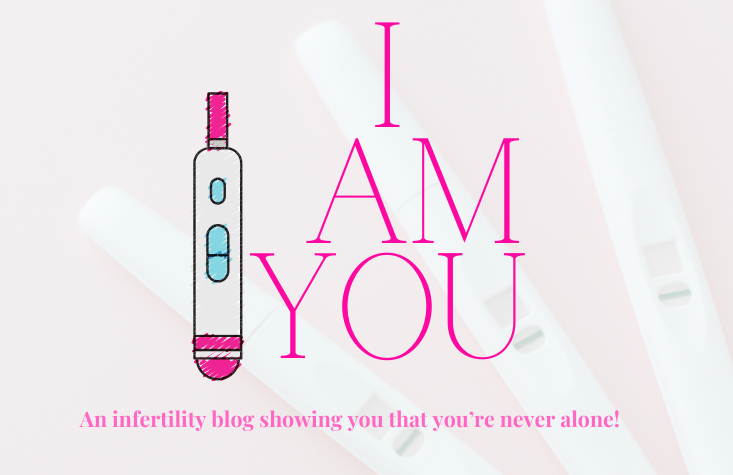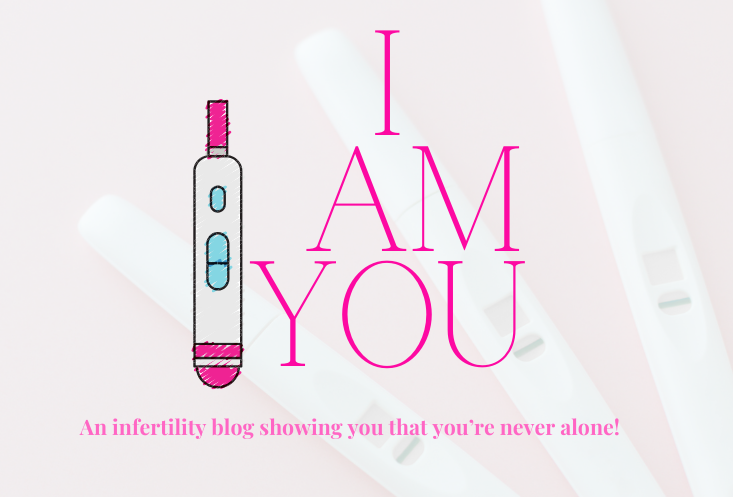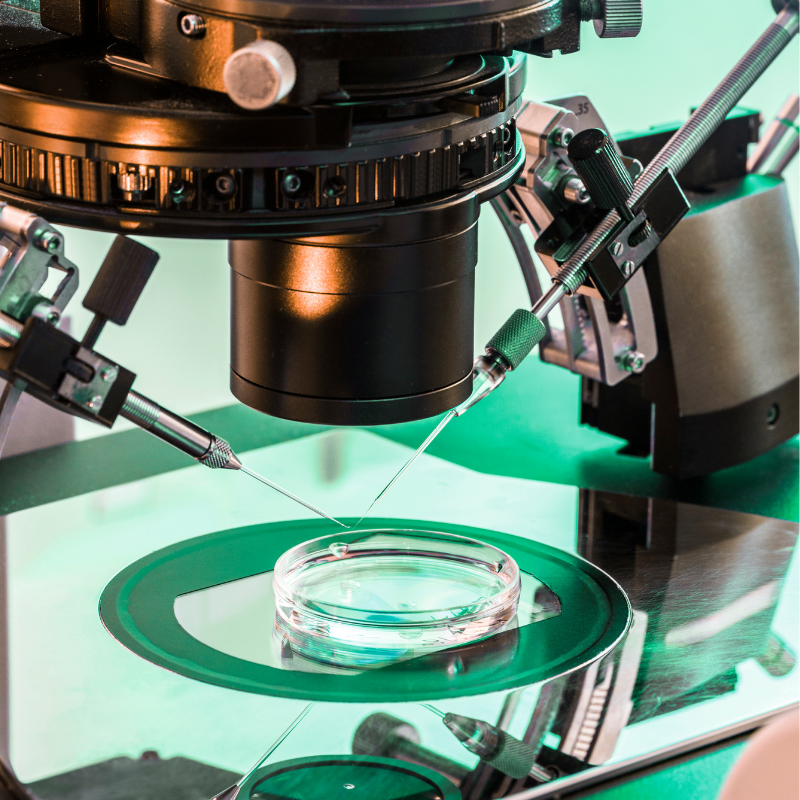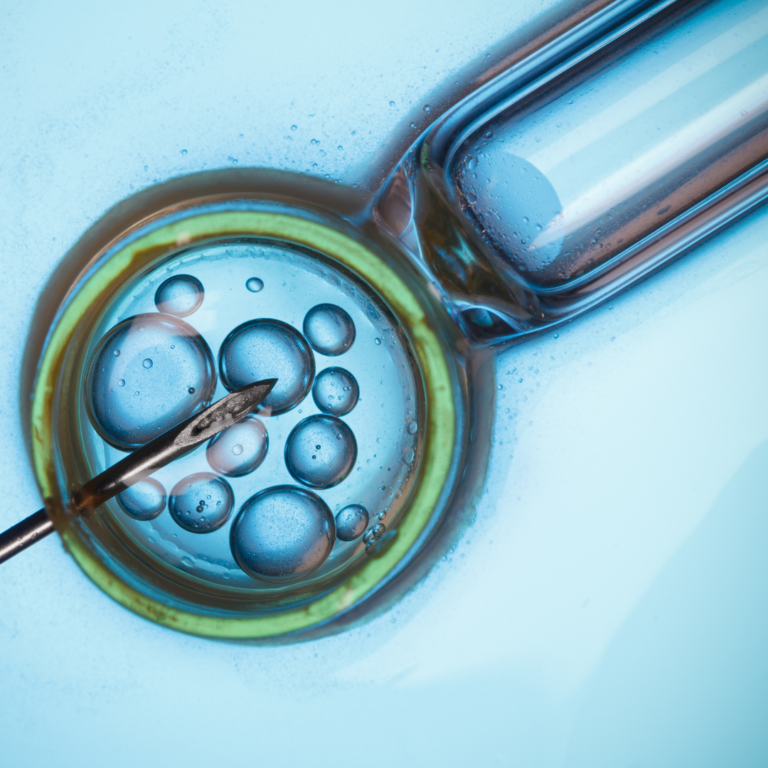What Is IVF?
What Is IVF?
Here’s a Simple Guide to Understanding In Vitro Fertilization – IVF
For many couples struggling to conceive, IVF (In Vitro Fertilization) has become the best option to help make parenthood a reality. After so many years of trying it was mind and Tysons only option to finally become parents.
But what exactly is IVF, and how does it work? If you’re considering IVF or just want to understand the process better, this guide will explain the basics. It’s something I have a really good grasp on after going through it 2x to get both of my babies. I think it’s the most incredible medical procedure for people struggling with infertility. It’s the biggest blessing.
What Is IVF?
IVF stands for In Vitro Fertilization, which means “fertilization outside the body.” It’s a process where a doctor retrieves eggs from a woman’s ovaries, fertilizes them with sperm in a lab, and then transfers the fertilized egg (now called an embryo) back into the woman’s uterus in the hope of achieving a pregnancy. How incredible is that?!
The goal of IVF is to help people who have trouble getting pregnant naturally to become parents. IVF is commonly used for couples or individuals facing different fertility challenges, such as blocked fallopian tubes, low sperm count, ovulation disorders, or unexplained infertility.
The Steps of IVF
While the IVF process may seem complicated, it can be broken down into a few main steps. Here’s a simple overview of what happens during an IVF cycle:
1. Ovarian Stimulation
In a natural menstrual cycle, a woman typically releases one egg. In IVF, doctors want to increase the chances of success by retrieving multiple eggs. To do this, the woman takes fertility medications (hormone injections) for about 10-14 days to stimulate the ovaries to produce more eggs than usual.
During this period, doctors will monitor the woman closely through blood tests and ultrasounds to check how the eggs are developing. Once the eggs are mature and ready, the next step begins.
2. Egg Retrieval
When the eggs are ready, a minor procedure called egg retrieval is performed. Using an ultrasound guided needle, the doctor retrieves the eggs from the ovaries. This process is pretty quick usually takes about 20-30 minutes.
The retrieved eggs are then taken to a lab, where the next step—fertilization—happens.
3. Fertilization
In the lab, the eggs are mixed with sperm to allow fertilization to occur. This can happen in two ways:
- Traditional IVF: The eggs and sperm are placed together in a dish, and the sperm naturally fertilizes the eggs.
- ICSI (Intracytoplasmic Sperm Injection): If there are issues with sperm quality, a single sperm is directly injected into each egg to help with fertilization. This is what we had to do because my husbands count and motility was so low.
After fertilization, the fertilized eggs become embryos.
4. Embryo Development
Once fertilization occurs, the embryos are allowed to grow in the lab for about 3-5 days. The doctors monitor the embryos to see how they are developing and choose the healthiest ones for transfer. Not all embryos will develop properly, but those that do have the potential to become a pregnancy.
Some people may choose to have their embryos genetically tested at this stage, especially if there’s a family history of genetic disorders or if they’re older and concerned about chromosomal issues.
5. Embryo Transfer
The next step is embryo transfer, where one (or sometimes more) healthy embryo is placed into the woman’s uterus. This is a quick, painless procedure done in the clinic, and the doctor uses a thin tube to guide the embryo into the uterus.
After the transfer, the waiting game begins. It takes about 10-14 days to find out if the embryo has implanted and whether the IVF cycle was successful.
What Happens Next?
About two weeks after the embryo transfer, a pregnancy test is done to see if the IVF cycle has worked. If the test is positive, congratulations! You’re pregnant. If it’s negative it’s incredibly difficult, but many people try IVF more than once before achieving a successful pregnancy.
For some, extra embryos can be frozen and saved for future attempts. This means you won’t have to go through the whole process from the start again, making future cycles a little easier. We ended up with 8 embryos and froze our remaining embryos. When my daughter was 1 we did another transfer from 1 of my frozen embryos and we were able to get pregnant with my son.
Who Can Benefit from IVF?
IVF is used by a variety of people, including:
- Couples facing blocked fallopian tubes or severe male infertility
- Women with ovulation disorders, such as PCOS, who don’t release eggs regularly
- People with unexplained infertility (when the cause isn’t clear after testing)
- Same-sex couples and individuals using donor sperm or donor eggs
- Women who want to freeze their eggs to preserve their fertility for later
How Successful Is IVF?
IVF success depends on several factors, including the woman’s age, the quality of the eggs and sperm, and the cause of infertility. Generally, younger women tend to have higher success rates. For women under 35, the success rate of IVF is around 40-60% per cycle, while it can be lower for women over 40 due to the natural decline in egg quality.
It’s important to remember that IVF doesn’t always work the first time. Many people need to go through several cycles to achieve pregnancy, and some may use additional treatments like egg donation or gestational surrogacy if needed.
Is IVF Right for You?
IVF can be a life-changing option for those struggling to conceive, but it’s also a big emotional and financial commitment. It cost us $26,000 to do both IVFs. Deciding whether to pursue IVF is a personal decision, and it’s important to speak with a fertility specialist who can evaluate your situation, explain your options, and guide you through the process.
IVF offers hope to many people who want to start or grow their families but face challenges with infertility. While the process may seem overwhelming at first, understanding the basic steps can make it feel less daunting. If you’re considering IVF, know that there are many resources and supportive professionals ready to help guide you on your path to parenthood.
Have more questions about IVF or fertility treatments my inbox is always!
Here is another blog post you may like:





